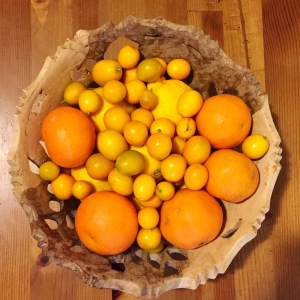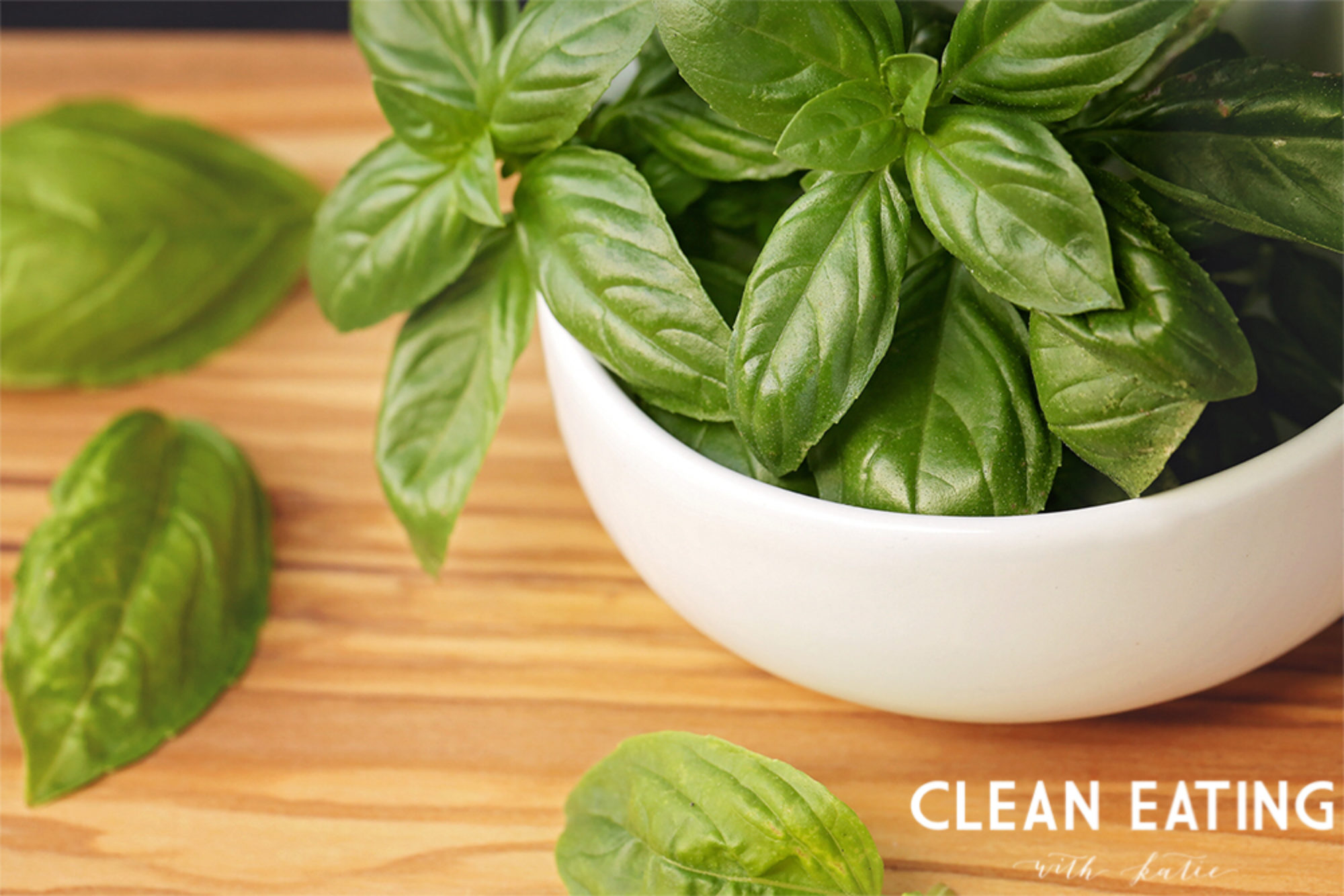The 52 New Foods Challenge Food of the Week: Satsuma Mandarin Oranges
After doing The 21-Day Sugar Detox, this was one of my first fruits. I really enjoy eating a couple Mandarins for a snack. Like some of the other foods in the book, mandarins are not a new food for most of us, but Jennifer Tyler Lee has a recipe for mandarin orange and fennel salad which sounds pretty yummy.
Food Facts

- Good source of vitamins A, C, B6, thiamine, calcium, folate, potassium, and magnesium
- Good source of fiber
- Contains antioxidant carotenoids: alpha-carotene, beta-carotene, beta-cryptoxanthin, lutein, and zeaxanthin, as well flavonoids: tangeretin and nobiletin
- They are known for helping to control blood glucose, lowering blood cholesterol, and helping to protect against cancer, Parkinson’s disease, and cardiovascular disease.
- Like oranges, mandarins become sweeter and less acidic as they mature.
- They are often picked when green, shipped, and then artificially ripened with ethylene gas which causes them to ripen. This causes them to look orange but they are more acidic, less sweet, and have fewer bionutrients than tree ripened fruit.
- Organic Mandarins (and oranges) have not been degreened.
- Many of the nutrients in Mandarins are concentrated in the inner peel and the white pulp.
From Eating on the Wild Side: The Missing Link to Optimum Health
by Jo Robinson, The 52 New Foods Challenge: A Family Cooking Adventure for Each Week of the Year, with 150 Recipes by Jennifer Tyler Lee, Encyclopedia of Healing Foods
by Michael Murray, Joseph Pizzorno, and Lara Pizzorno, and Superfoods: The Healthiest Foods on the Planet
by Tonia Reinhard

